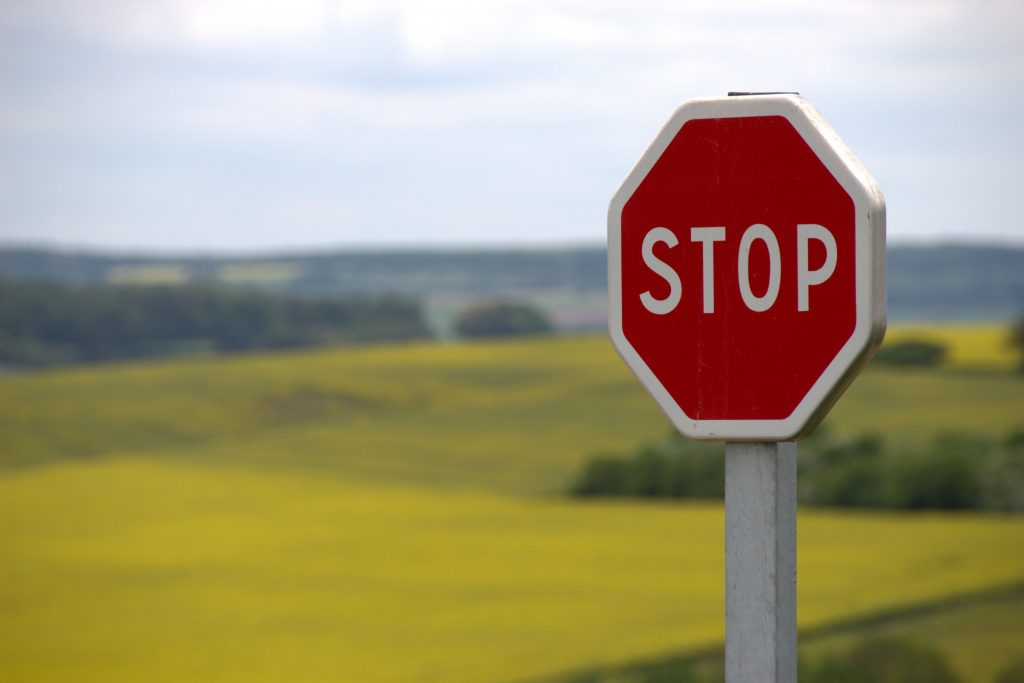There are two different types of stop orders you can place with your broker to exit a trade when a specific price level is reached that triggers your stop loss on a position. Both of these types of orders are risk management tools that try to limit the losses if a stock or market moves too far against a traders position.
A stop loss order turns into a market order to immediately exit a trade once the set stop loss price level is reached. This order will get you out of a trade at whatever price the market is trading at when the order goes off. The good thing about a stop loss is that it will immediately get you out of the trade to avoid bigger potential losses, the bad part is that it can cause slippage during big price moves that take you out far below your intended price level. Also price can move back in your favor and end up better than your exit price.
A stop limit order turns into a limit order to exit once the stop level price is reached. The broker can only sell the position at the predetermined level price or better. The positive is that you will avoid slippage by only exiting at your desired price once it is reached or if missed returned to. The negative is that if a price gaps away from your stop limit and does not fill and never returns to your limit price a loss can become much bigger than simply getting out at the market at the time of the first trigger. Stop limit orders can be more risky during volatility or price gaps against your price. They are best used in slow moving markets.
Both types of orders are different ways to exit a losing position when the market confirms that the trade is probably not going to work out. 